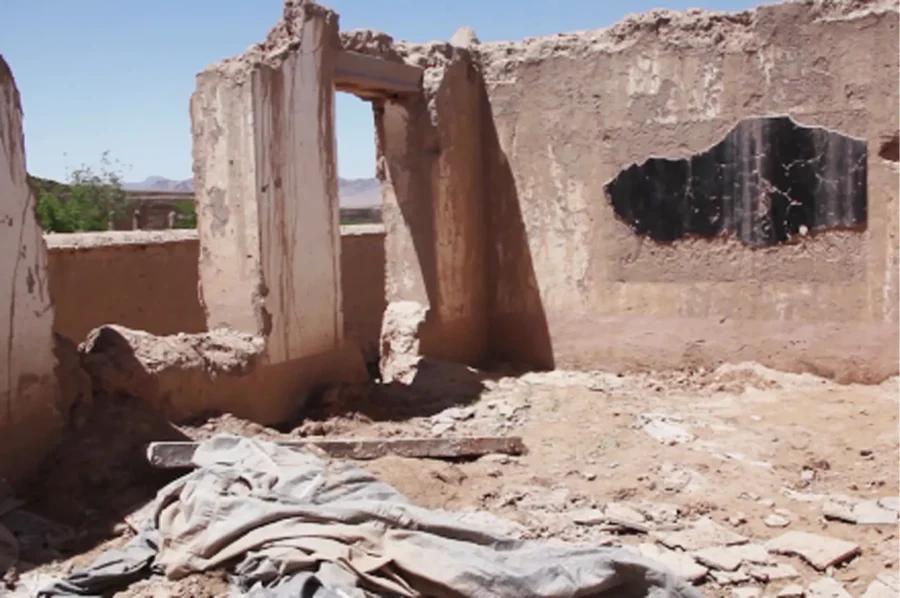Shamsullah Kamran, the head of Education in Uruzgan, reports that recent rains and floods have completely or partially destroyed nearly 70 schools and madrassas (religious schools) in the province’s center and districts.
Kamran adds that the Uruzgan Education Department lacks sufficient funds to rebuild these schools.
The head of Education in Uruzgan stated: “As a result of the rains and floods, approximately seventy schools have been completely or partially destroyed. If these schools do not receive attention from organizations, we will face significant problems.”
Moreover, several students and teachers in the province say that the destruction of schools has slowed the educational process.
According to them, most students from the destroyed schools are now studying in private homes or in open spaces.
Sirajuddin Sirajmal, a teacher, said: “The students are in a situation where they have no place for learning.”
Javid, a student, said: “We sit under the sun; we have nothing, and the teachers do not come, forcing us to go back home.”
Obaidullah, another student, expressed: “We ask the government to rebuild our schools so that we can continue our studies.”
The destruction of educational centers has also raised concerns among Uruzgan residents. According to the residents, this will negatively affect their children’s educational progress.
They call on the interim government officials and aid organizations for the immediate reconstruction of the destroyed schools.
Gul Mohammad, a resident of Uruzgan, said: “The schools have no pillars and are all collapsing.”
The recent floods and rainfall have damaged dozens of schools in Uruzgan province, and previously, the provincial Education Department had reported that due to the lack of school buildings and teachers, 80,000 children were deprived of education this year.
Officials from the Uruzgan department of education said that due to the lack of school buildings and a shortage of teachers, 80,000 eligible children are currently unable to attend school.
According to the officials, this year, nearly 20,000 children were enrolled in public schools, and there is no capacity to accommodate more.
They say that currently 258 schools are operational in the center and districts of the province, with about 100,000 students engaged in education.
Shamsullah Kamran, the head of the education department in Uruzgan, stated: “Approximately more than 100,000 children are currently receiving education, and there are about eighty thousand more children in need of education.”
Some teachers also acknowledge that due to the lack of school buildings and teachers, students from three grades are being taught in one classroom.
They add that the number of students in schools has increased, and they are unable to teach all of them.
Ahmad Shah, a teacher, said: “In each class, we see eighty to a hundred students being taught.”
Another teacher, Abdul Naafi, said: “There is a shortage of teachers, an increase in student enrollment, lack of facilities, and no books.”
Families whose children have not been enrolled in schools expressed their concerns and are calling on the interim government and international organizations to build schools and provide educational opportunities for their children.
Abdul Hanan, a resident of Uruzgan, said: “I am very worried. If my son had been enrolled in school this year, he would soon drop out. Waiting for five years to enroll my son is a waste of time.”
Abdul Wali, another resident of Uruzgan, said: “Most people who want to go to school find no place in classrooms when they come, and there is a lack of books and notebooks.”
Based on information from the Uruzgan department of education, in the past year, 34 schools that were destroyed due to past conflicts have been rebuilt, and 10 new schools have been constructed. They pledged that seven more schools will be built this year.—Tolonews










